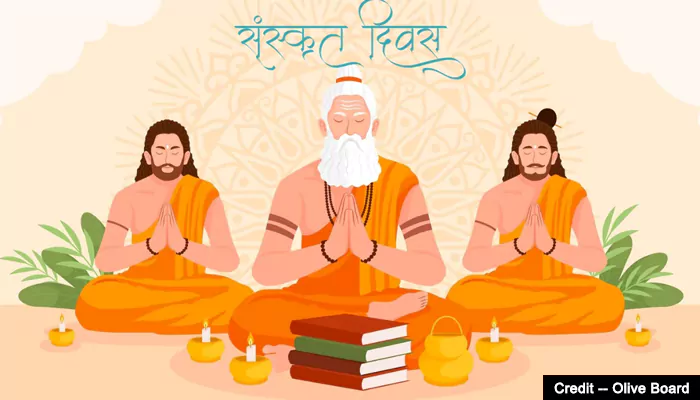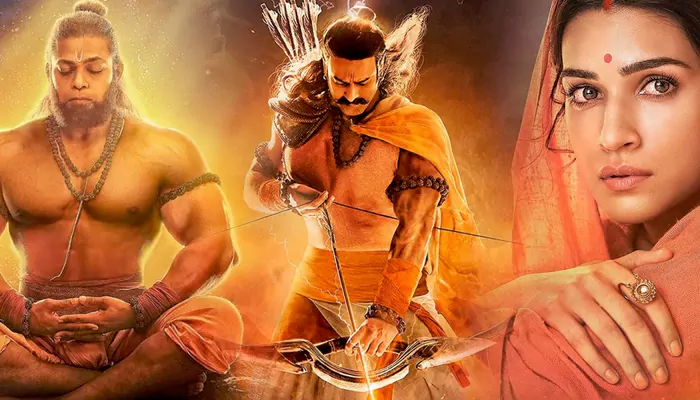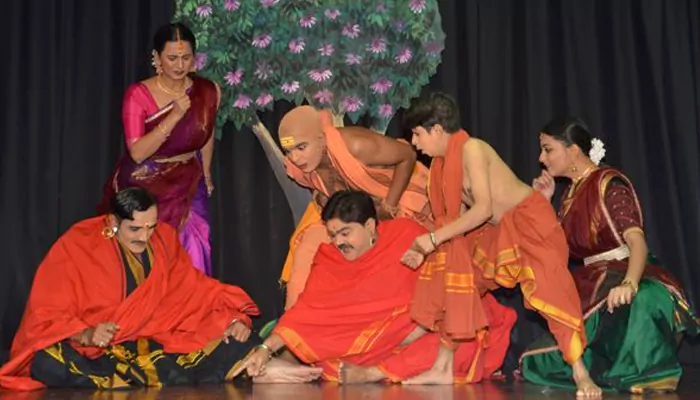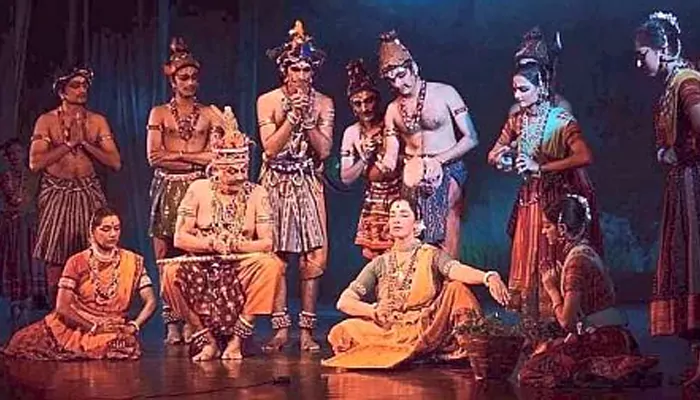
The enduring language of the sages is woven through scripts, screenplays, and stirring performances, bridging centuries from ancient verses to the silver screen
Every August, Sanskrit lovers celebrate World Sanskrit Day, a reminder that this ancient language still breathes beyond books. One of its most fascinating appearances is on screen, where Indian films borrow from Sanskrit for rhythm, tone, and depth. Whether hidden in chants or present in verses, its influence is unmistakable. To understand this ongoing influence, it is helpful to examine the roots of World Sanskrit Day and what it commemorates.
World Sanskrit Day is traditionally celebrated on Shravana Purnima. It falls on the same day as Raksha Bandhan. This is no coincidence. In ancient gurukuls, this was when students began their Vedic studies again. The day has been marked officially since 1969 as part of an effort to promote Sanskrit in daily life. While the celebrations are academic in many ways, the influence of the language extends far beyond the classroom. This reach is especially clear in cinema, where even a well-placed Sanskrit phrase can shape the soul of a film's dialogue.

Sanskrit has a rhythm that cannot be recreated. It has gravity. When a filmmaker uses Sanskrit in a line of dialogue or a song, they reach back thousands of years. This is seen in many spiritual and epic films, such as Baahubali or Adipurush. The moment a character chants a shloka or speaks a truth in Sanskrit, the atmosphere changes. This draws viewers into something deeper and more profound, showcasing how Sanskrit lends unique emotional and historical depth to film dialogue. Sometimes, the connection grows even stronger, as entire films are crafted in Sanskrit, not just accented by it.
While mainstream films use Sanskrit in parts, some bold projects feature it entirely. Priyamanasam (2015) brought a 17th-century story to life in its entirety in Sanskrit. Sakuntalam, based on Kalidasa’s work, offered a fresh take in the original language. Films like Bhagavadajjukam use Sanskrit with humor and lightness. These are more than creative risks—they are love letters to the language. In fact, much of this creative legacy has roots in India's longstanding relationship between drama and Sanskrit—a link that traces back to traditional theatre.

Theatre in India owes a great deal to the Natya Shastra. This ancient guidebook shaped how we think about performance. Expressions, story arcs, and dramatic tension all find roots there. Today, these ideas travel from stage to screen. Directors who understand Sanskrit’s performative power use it carefully. The result is a cinema that feels both rooted and imaginative. Some modern theatre artists have even returned to Sanskrit drama as a way to inspire film scripts, reinforcing how language informs both philosophy and characterization in storytelling.
Sanskrit is more than just sound; it carries layers of meaning. Words like karma or dharma do more than serve dialogue—they shape entire character journeys. When a film touches on these ideas using Sanskrit terms, tradition is invoked. This allows for subtle storytelling and a sense of depth, even for viewers who do not fully understand the language, highlighting how Sanskrit enriches character development and thematic depth in cinema. This broad influence is reflected and celebrated each year, providing an opportunity for new interpretation and appreciation on special occasions like World Sanskrit Day.

As World Sanskrit Day is celebrated, film lovers may find new reasons to watch classics with fresh eyes. Screenings, workshops, and small theatre recitals will likely mark the occasion. For those in the creative world, it is a reminder that language, when used with care, continues to shape new stories.
Sanskrit finds new paths, from animated children’s films to spiritual cinema. It remains flexible and moves with the times. As storytellers look back with curiosity and forward with imagination, Sanskrit continues as a quiet force in Indian film. It may not be the everyday language of the masses, but on screen, it remains a voice that matters.